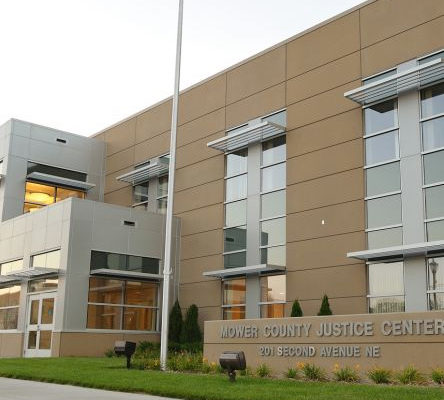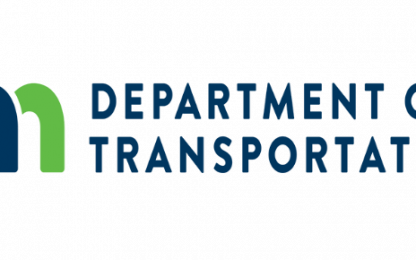The latest from Mayo Clinic Health System concerning the COVID-19 pandemic

Mayo Clinic will defer elective inpatient and outpatient visits at all locations for a minimum of eight weeks, beginning Monday, March 23. This will include elective inpatient and outpatient visits as well as surgical and procedural care that can be deferred eight or more weeks without disease progression. Mayo Clinic is implementing this plan to ensure the safest possible environment for its patients and staff, and to free up resources to assist in Mayo Clinic’s response to the COVID-19 pandemic.
The decision was made after careful evaluation, and based on information and guidance from multiple sources. Mayo evaluated the readiness of its facilities, staff, capacity and supply availability, and assessed community transmission at the local and state levels. Mayo Clinic departments will contact affected patients directly to accommodate their scheduling needs and preferences. Only semi-urgent, urgent and emergent cases will continue to be seen during this period.
As this situation evolves, Mayo Clinic also may need to adjust availability and hours of specific locations to ensure it has the staff resources available to address rapidly evolving needs in affected communities. Mayo will evaluate community needs and communicate adjustments with patients and staff as promptly as possible.
To protect all of patients and staff, Mayo Clinic is limiting the number of visitors on its campuses to reduce the threat of COVID-19 transmission. At Mayo Clinic in Arizona and Rochester, patients may have up to two people accompany them in the clinic (outpatient) setting. At Mayo Clinic in Florida, visitors will not be allowed. Information on location-specific guidance in the Mayo Clinic Health System is available on the Mayo Clinic Health System website.
In addition, patients and visitors will be screened at access points as they enter Mayo Clinic facilities, so they must allow an additional 15 minutes when coming to the clinic or hospital. They will be asked if they have respiratory illness symptoms, such as cough, shortness of breath, fever or chills. There will be exceptions to these restrictions for end-of-life patients, pediatric patients and patients who need language services. All others wishing to visit loved ones and friends are asked to use other methods to connect, such as telephone, FaceTime or Skype.
Drive-thru testing launched at Mayo Clinic in Rochester during the week of March 9. Now several Mayo Clinic Health System locations offer a drive-thru screening process for patients who meet criteria for COVID-19 testing. Locations are available in Austin, Albert Lea, Mankato, Owatonna and Red Wing, Minnesota, as well as La Crosse, Wisconsin. Additional locations in Eau Claire, Menomonie and Rice Lake, Wisconsin, are expected to open later this week. Patients are required to call their primary care provider to have a phone screening first to determine if testing is appropriate. If approved, patients will be directed to the drive-thru location. Mayo staff at the drive-thru location will collect the specimens, using appropriate precautions and wearing protective gear. As need arises, more locations may be added.
If you are showing signs of possible COVID-19 symptoms, you should call your local health care provider. Your provider or a nurse will direct you to Mayo’s dedicated COVID-19 Nurse Line. If you meet testing criteria, you will be directed to a local testing location.
With the goals of providing for the needs of patients, ensuring the safety of staff, and practicing social distancing, Mayo Clinic is phasing in staff telework policies for some departments that do not have patient-facing staff. As the policy is phased into selected work areas, Mayo Clinic will continue to assess the critical functions that must remain on its campuses.
If you or your employers also are considering teleworking to ensure social distancing, here are a couple of tips to work effectively off-site:
- Ensure you have the correct equipment to work effectively off-site. If you are able, it is more efficient to set up a permanent workstation with monitors, keyboard and mouse, and proper cables rather than work from a laptop.
- Add your cellphone number to your email signature (or forward your work phone to your cellphone) so you can be reached when you’re not in your office.
- To alleviate burden on information technology infrastructure and the country’s internet bandwidth for remote meetings, you should disable your video for Skype or Zoom meetings. You can use audio, but the video stream takes a lot of bandwidth.
If you have symptoms or suspect you were exposed to COVID-19
What to do
If you are showing any sign of possible COVID-19 symptoms, you should call your local health care provider. Your provider or a nurse will direct you to the dedicated COVID-19 Nurse Line. If you meet testing criteria, you will be directed to one of the local testing locations.
What not to do
Mayo Clinic is committed to everyone’s safety. This virus spreads rapidly. Help Mayo minimize potential exposure to other patients by not coming into a clinic or hospital to be tested. You should call your local provider first to find out how to be evaluated. Most of Mayo Clinic Express Care, Mayo Clinic Health System Express Care, Urgent Care and Same-Day Clinics are open by appointment only.
Check the Centers for Disease Control and Prevention for additional updates on COVID-19. For all your COVID-19 coverage, go to the Mayo Clinic News Network.
You Might Also Like






